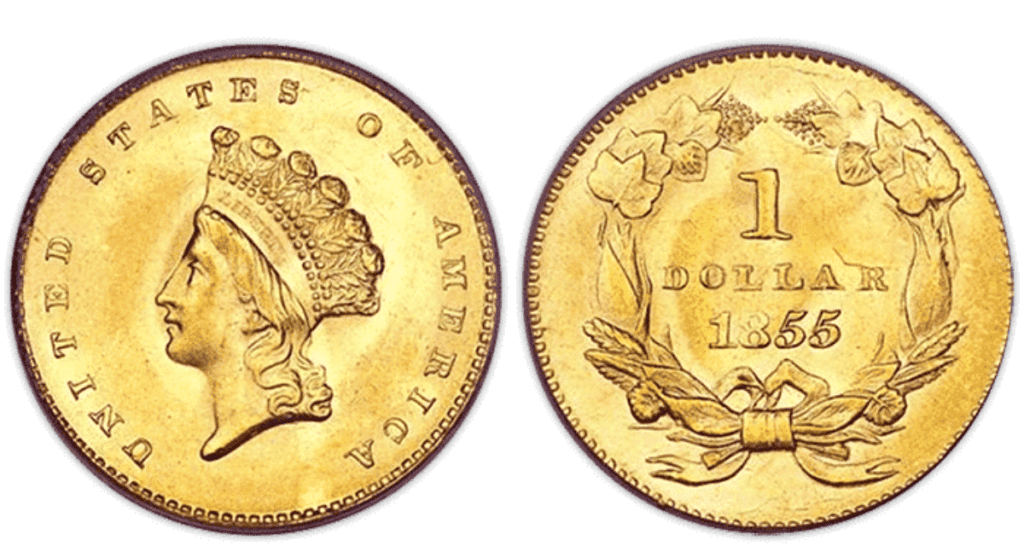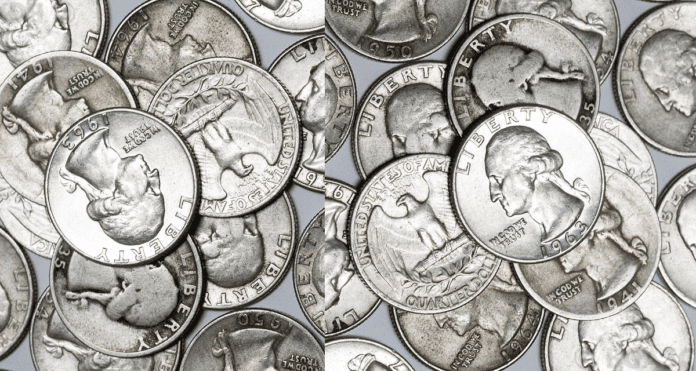Welcome to our comprehensive guide on gold dollar coin value! In this article, we will delve into the intriguing world of gold dollar coins, exploring their historical significance, factors that influence their value, and strategies for evaluating their worth. Whether you are a seasoned numismatist or a curious beginner, this article will equip you with the knowledge and insights to understand and assess the value of gold dollar coins. So, let’s embark on this captivating journey and uncover the secrets behind the gold dollar coin value.
Gold Dollar Coin Value: A Glittering Quest
Gold dollar coins have fascinated collectors and investors for decades. Their allure lies not only in their precious metal content but also in the historical narratives and artistic beauty they encapsulate. Understanding the value of gold dollar coins requires a multifaceted approach that considers various factors, such as rarity, condition, mintage, and market demand. By delving into these aspects, we can unravel the true worth of these golden treasures.
Factors Influencing Gold Dollar Coin Value
1. Rarity: The Rarity Equation
The rarity of a gold dollar coin plays a pivotal role in determining its value. Rarity is influenced by multiple factors, including the number of coins minted, survival rates, and the availability of specific varieties or dates. Scarce gold dollar coins, such as those with low mintage numbers or unique die varieties, tend to command higher prices due to their limited supply and heightened demand from collectors seeking to complete their collections.
2. Condition: Preserving the Beauty
The condition, or grade, of a gold dollar coin is a vital aspect affecting its value. Numismatic grading services, such as the Professional Coin Grading Service (PCGS) and Numismatic Guaranty Corporation (NGC), employ industry-standard grading scales to assess a coin’s condition objectively. Coins in higher grades, such as Mint State (MS) or About Uncirculated (AU), often fetch premium prices due to their well-preserved surfaces and minimal wear.
3. Mintage: The Tale of Production
Mintage refers to the number of gold dollar coins produced in a particular year or mint. Coins with lower mintage figures generally have higher potential for value appreciation. The combination of low mintage and high demand from collectors can lead to increased scarcity and, consequently, elevate the desirability and value of these coins.
4. Historical Significance: Unlocking the Past
The historical significance of a gold dollar coin can contribute significantly to its value. Coins associated with important events or historical figures tend to attract collectors and history enthusiasts alike. The story behind a coin, such as its connection to a notable period or person, can add a layer of intrigue and elevate its value beyond its intrinsic worth.
5. Market Demand: Supply and Demand Dynamics
Market demand is a fundamental factor impacting the value of gold dollar coins. Trends in the collecting and investing communities, as well as broader economic factors, can influence the demand for specific coins. Coins experiencing high demand from a large number of collectors and investors often see increased competition and higher prices.
Evaluating Gold Dollar Coin Value

1. Researching Coin Catalogs and Price Guides
To evaluate the value of a gold dollar coin, thorough research is essential. Coin catalogs, such as the “Red Book” (A Guide Book of United States Coins), provide valuable information on coin specifications, mintage numbers, and historical context. Additionally, consulting reputable price guides and online platforms dedicated to coin collecting can offer insights into current market values and recent auction results.
2. Seeking Professional Appraisal
For accurate valuation of rare or high-value gold dollar coins, enlisting the services of a professional numismatist or coin appraiser can be invaluable. These experts possess in-depth knowledge of the market, grading standards, and historical context, enabling them to provide accurate assessments of a coin’s value. When choosing an appraiser, ensure they have a reputable track record and experience in evaluating gold dollar coins.
3. Auctions and Marketplaces: A Window to Value
Auctions and online marketplaces serve as platforms for buying and selling gold dollar coins, and they can also provide valuable insights into their value. Monitoring auction results and observing trends can help gauge the current market demand and prices for specific coins. It is important to exercise caution and conduct thorough research before engaging in any transactions to ensure fair pricing and authenticity.
4. Historical Data and Trends
Studying historical data and trends in the gold dollar coin market can help assess the potential value and future appreciation of specific coins. Analyzing the price history of coins with similar characteristics and monitoring market fluctuations can provide valuable insights into their investment potential. However, it is essential to remember that past performance is not indicative of future results, and market conditions can change rapidly.
Conclusion
The value of gold dollar coins goes far beyond their intrinsic worth. Through an exploration of rarity, condition, mintage, historical significance, and market demand, we have unraveled the complex factors that contribute to their allure and value. Whether you are a passionate collector or an investor seeking to diversify your portfolio, understanding the intricacies of gold dollar coin value empowers you to make informed decisions. So, embark on your own numismatic journey, armed with the knowledge gained from this comprehensive guide, and uncover the hidden treasures within gold dollar coins.
FAQs about Gold Dollar Coin Value
1. What is the gold dollar coin value based on?
The gold dollar coin value is primarily based on factors such as rarity, condition, mintage, historical significance, and market demand. These elements collectively determine the desirability and worth of gold dollar coins in the numismatic market.
2. Are all gold dollar coins valuable?
While gold dollar coins, as a category, possess intrinsic value due to their precious metal content, not all gold dollar coins are considered highly valuable from a numismatic standpoint. The specific rarity, condition, and historical significance of an individual coin significantly impact its worth.
3. How can I determine the condition of a gold dollar coin?
Determining the condition of a gold dollar coin requires a trained eye or the assistance of a professional grading service. Grading services evaluate the coin’s surface quality, strike, luster, and overall state of preservation to assign it a grade on the standardized scale.
4. Can gold dollar coins be a good investment?
Gold dollar coins can serve as a potential investment, particularly for collectors and investors with an affinity for numismatics. However, like any investment, careful research and consideration of market conditions are crucial. It is advisable to consult with experts or professional advisors before making investment decisions.
5. Are there any rare or valuable gold dollar coins?
Yes, there are several rare and valuable gold dollar coins. Examples include the 1849-C Open Wreath gold dollar, the 1854-S gold dollar, and the 1855-D gold dollar. These coins, among others, command high prices due to their scarcity and historical significance.
6. How can I protect the value of my gold dollar coins?
To protect the value of gold dollar coins, it is essential to handle them with care and store them in appropriate protective holders or coin capsules. Avoid exposing them to harsh environmental conditions or cleaning them with abrasive substances, as these actions can potentially damage the coin’s surface and diminish its value.

